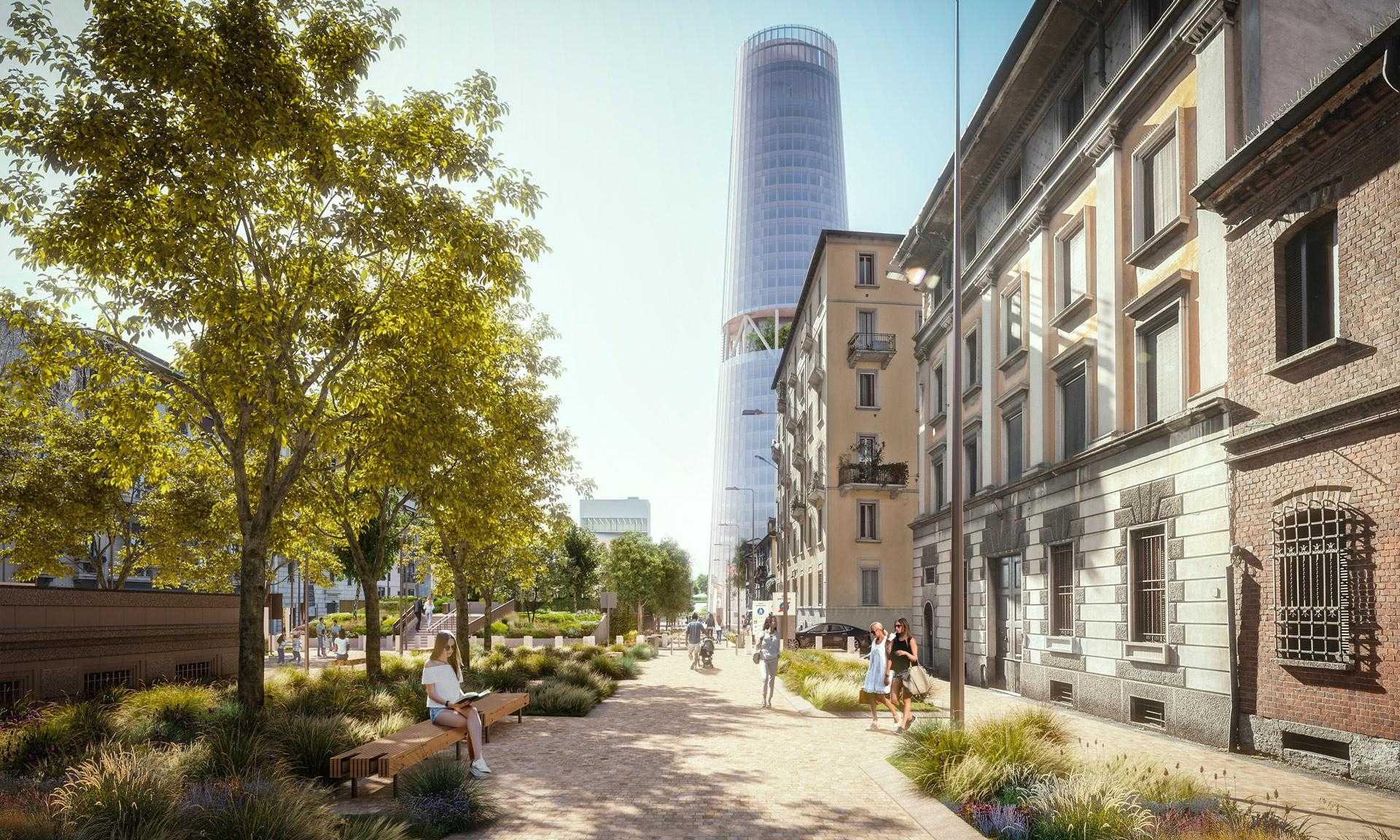Porta Romana: A Gateway to Milan’s Past
Nestled in the vibrant city of Milan, Porta Romana stands as a testament to the city’s rich history and cultural evolution. This ancient gateway, once a crucial entry point into the city, now serves as a fascinating historical landmark that attracts both locals and tourists alike. Whether you’re a history enthusiast or simply curious about Milan’s past, Porta Romana offers a unique glimpse into the city’s storied heritage.
Historical Significance
Porta Romana, which translates to “Roman Gate,” was originally constructed in the 12th century as part of Milan’s medieval walls. It served as a key access point for travelers coming from Rome, hence its name. Over the centuries, the gate has witnessed numerous historical events, including invasions and battles, making it an integral part of Milan’s defensive system. Today, while the original structure has undergone various modifications, it still retains its historical charm and significance.
The gate’s architecture reflects the styles and influences of different eras, with remnants of its medieval origins still visible. As you explore Porta Romana, you’ll notice the blend of ancient stonework and more modern restorations, offering a tangible connection to the past. This juxtaposition of old and new serves as a reminder of Milan’s ability to preserve its history while embracing progress.
Exploring the Surrounding Area
Beyond the gate itself, the Porta Romana district is a vibrant neighborhood that offers a mix of historical sites, modern amenities, and cultural experiences. As you stroll through the area, you’ll find charming streets lined with cafes, boutiques, and local markets, providing a taste of Milanese life. The district is also home to several notable landmarks, including the Terme Milano, a popular spa that offers a relaxing escape in the heart of the city.
For those interested in art and culture, the nearby Fondazione Prada is a must-visit. This contemporary art museum, housed in a former gin distillery, showcases a diverse range of exhibitions and installations, making it a hub for creativity and innovation. Additionally, the area is well-connected by public transport, making it easy to explore other parts of Milan from this historic gateway.
Practical Tips for Visiting
When planning a visit to Porta Romana, consider timing your trip to coincide with one of the local markets or festivals that often take place in the area. These events provide a unique opportunity to experience the local culture and cuisine, offering a more immersive experience. Additionally, the district’s central location makes it an ideal starting point for exploring other attractions in Milan, such as the Duomo or the Navigli canals.
For those interested in history, guided tours are available that delve deeper into the significance of Porta Romana and its role in Milan’s past. These tours often include visits to nearby historical sites, providing a comprehensive overview of the area’s heritage. Whether you choose to explore on your own or with a guide, be sure to wear comfortable shoes, as the cobblestone streets can be uneven.
In terms of dining, the Porta Romana district offers a variety of options, from traditional Italian trattorias to modern eateries. Be sure to try some local specialties, such as risotto alla Milanese or ossobuco, to fully experience the flavors of the region. With its rich history, vibrant culture, and convenient location, Porta Romana is a must-visit destination for anyone exploring Milan.
